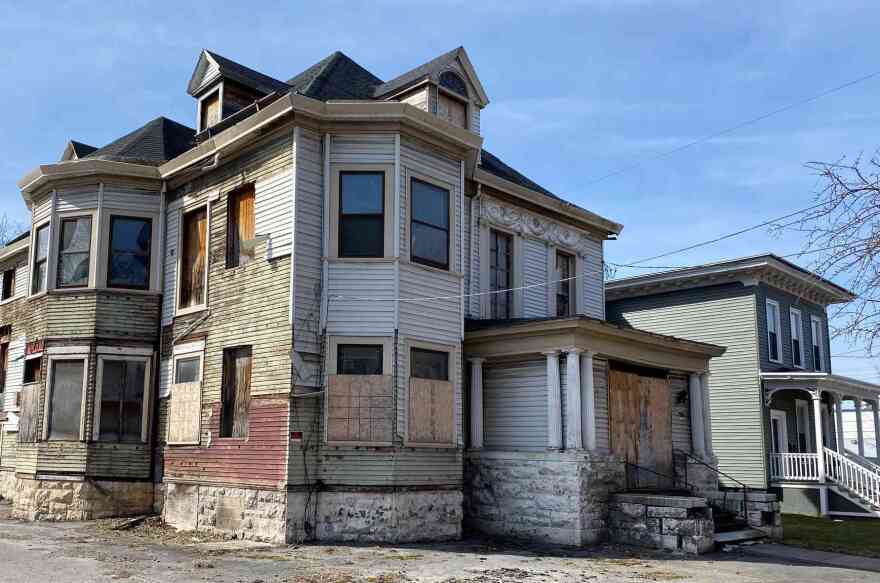Syracuse has one of the worst lead poisoning crises in the nation. One in 10 children have elevated blood lead levels, and this rate jumps to a staggering one-in-five in some of the lowest income neighborhoods, according to Onondaga County Health Department data.
Syracuse has been grappling with this problem for years, passing its first major lead poisoning prevention law last summer. But the impacts of this crisis are entrenched and complicated. In this series in collaboration with The Stand and The Newhouse School of Communications, Sydney Gold will explore the complexities of Syracuse’s lead crisis alongside community activists, academics and government leaders.
Oceanna Fair is no new comer to Syracuse’s lead crisis.
“My younger brother was lead poisoned when I was younger, him and my sister,” said Fair.
She recalls spending hours at Upstate medical center as a child, waiting for treatment. Today, her brother still needs significant help with daily tasks.
“I still have to be responsible for him because he could not function on his own.”
But Oceana’s connection to the lead crisis doesn’t end there.
“We kind of figured things should be getting better 40 years later, fast forward. And then my own granddaughter gets poisoned in our home. For us it’s kind of like a slap in the face.”
Oceana’s family isn’t the only one still struggling against the ubiquity of lead in Syracuse’s homes. Darlene Medley is a mother of 9. Her two youngest, twins Devon and Rashad, were poisoned two years ago, likely from ingesting paint dust from a door hinge or window sill, the sort of surfaces kids can’t help but touch daily. Ever since Darlene’s struggled to find adequate support from the city.
“They don’t care about these babies. They really don’t because if they did, think about it. We have more kids in Syracuse, New York that are being poisoned by lead than they do in Michigan.”
Lead poisoning exists at the intersections of race and class, as well as health. The neighborhoods with the highest rates of poisoning also have the highest populations of low income children of color. In Syracuse, children of color make up 2/3rds of lead poisoned youth, and are twice as likely to be exposed according to Dr. Sandra Lane, professor of public health and Anthropology at Syracuse University But for Darlene, these aren’t just statistics.
“It’s the Black and the Latino kids that are being poisoned. So let’s really talk about it, you know.”
And Syracuse’s lead crisis isn’t new; impacted families have been suffering for generations. There have been several efforts in the past to mitigate lead poisoning, but it wasn’t until summer 2020 when the Common Council passed Syracuse’s first lead ordinance.


